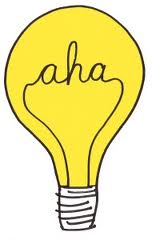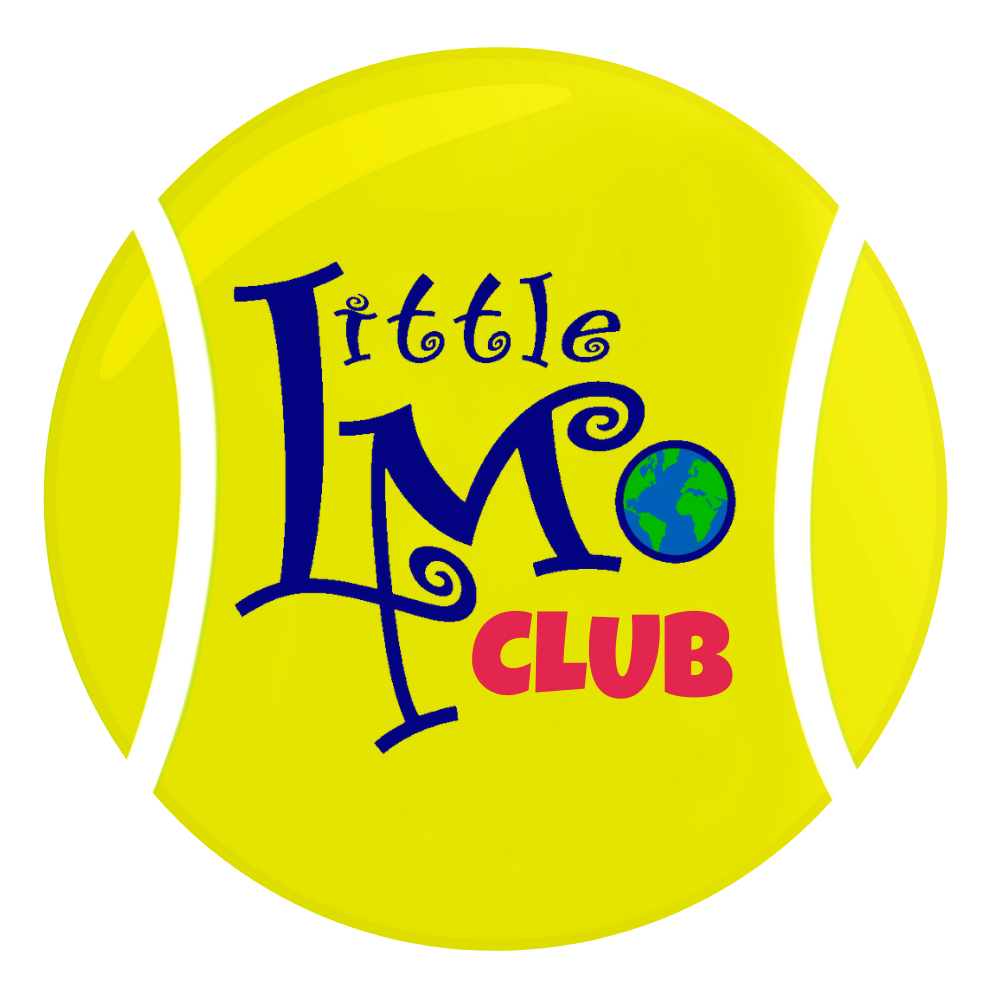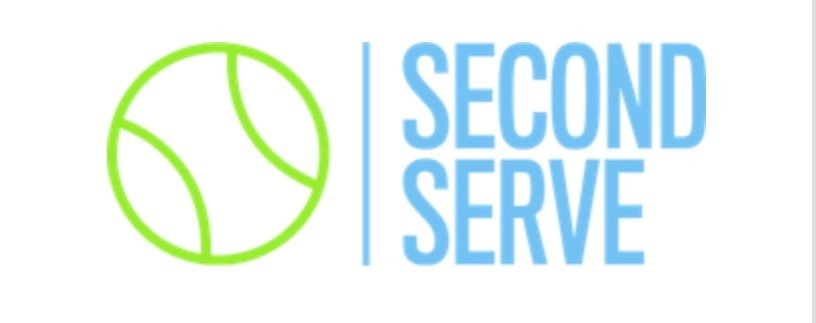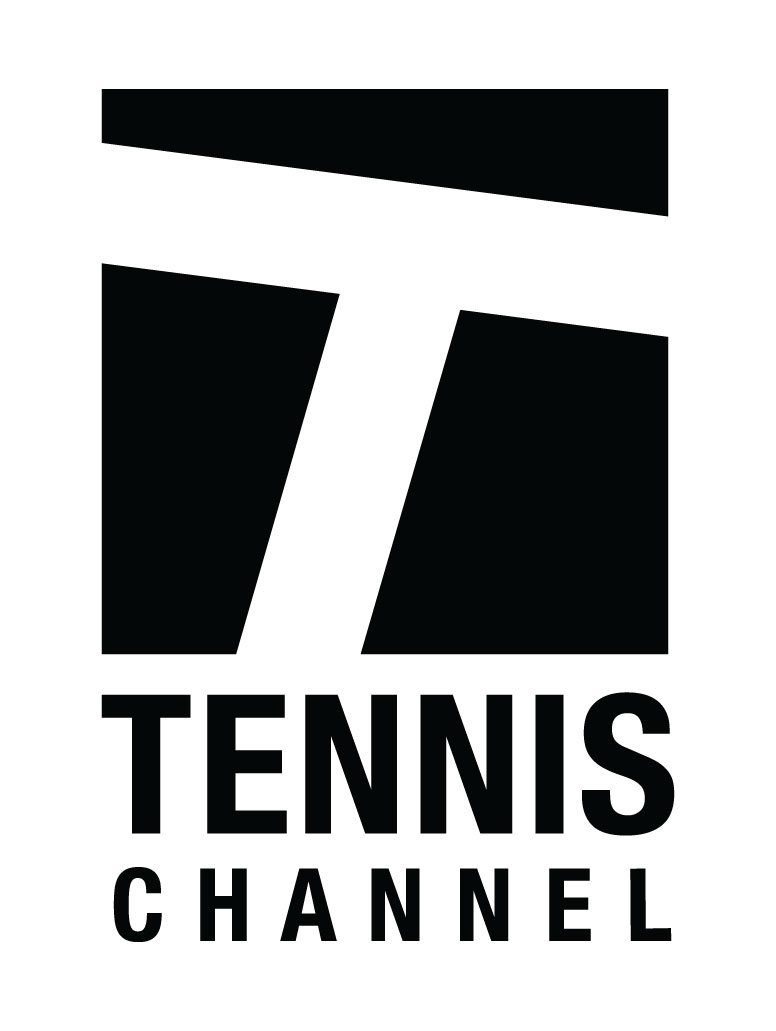A National Schedule & Ranking System That Makes Sense
Up Next
Life as a Tiger There have been several comments on this blog asking what parents, players, and coaches want to see in terms of a junior competition structure – USTA has asked all of us to email them at [email protected] to share our thoughts. Some people who are way smarter than I am have come up with one proposal that just may work. This proposal addresses the travel and cost issue, the “earned advancement” issue, the missed school issue, and the rankings issue, among other things. Please take some time to read through it and share your thoughts in the Comments below.
There have been several comments on this blog asking what parents, players, and coaches want to see in terms of a junior competition structure – USTA has asked all of us to email them at [email protected] to share our thoughts. Some people who are way smarter than I am have come up with one proposal that just may work. This proposal addresses the travel and cost issue, the “earned advancement” issue, the missed school issue, and the rankings issue, among other things. Please take some time to read through it and share your thoughts in the Comments below.
The key points to this proposal are as follows:
- No changes to the existing Level 1s.
- Every section (except Hawaii and Caribbean) hosts a Level 2 and at least one Level 3 during the year.
- Every region(N/S/E/W) hosts four Level 2s and at least four Level 3s each year.
- Each section and region has reserved spots in the tournaments they host for players who do not qualify through the NSL, meaning you don’t need to be running around chasing points to get into a national event.
- A combined STAR/PPR ranking structure, if it is designed properly, will incentivize kids to play in the toughest event they can handle as close to home as possible.
- Tournaments coincide with holiday weekends where possible.
- National Open dates remain unchanged.
- Level 3 events occur in Jan/Mar/May/June/Aug/Sep/Oct.
- Draws sizes for Level 1s would remain the same – 192 for the two summer nationals and 128 for Easter Bowl and Winters.
- Draw sizes for Level 2 national opens would revert to 64 with a possible one day 32 qualifier.
- Draw sizes for Level 3s would be demand driven – Copper Bowl might support a 128 draw while Columbus Indoor a 32 draw. A qualifying draw would be at the discretion of the TD.
There are three parts to this proposal – Philosophy, Tournament Structure, and Rankings – and they are all inter-related.
Philosophy
- FUN FUN FUN – Ask any kid who played Copper Bowl, Quicksilver, the Southern or Texas Open, or St. Louis Gateway, and they will all tell you the same thing: they loved those events! The USTA should have a FUN officer at every national event – if the kids are not smiling, kill it. The first question on any tournament evaluation form should be, “How much fun did your kid have?”
- K.I.S.S – Keep It Simple Stupid – Any competitive structure needs to be simple, easy to understand, and easy to navigate. The 2014 changes fail on a lot of levels but they really fail on this metric. If an 11 year old can’t understand it, it’s too complicated.
- RANKINGS – ACCURATE rankings are the backbone of competitive tennis, and tournament selection must be driven by a single unified and accurate rankings structure. The beauty of linking rankings to tournament selection is that it motivates across a wide range of players. Kids ranked 400 are trying to get to 300 to get into a higher level event. The kid ranked 20 is trying to get into the top 10, and the kid ranked 2 is trying to get to 1. Any competitive structure should embrace this as a powerful motivator to keep kids in the game.
- OPPORTUNITY and CHOICE– The USTA should be in the business of providing opportunity and choice – as much opportunity and as much choice as the market can bear. This is the holy grail of cost. More opportunity and more choice will result in lower cost. There just can’t be much argument over this. If the cost of more choice and opportunity is a few kids chasing points, who cares?
Tournament Structure
In terms of tournament structure, we would look to combine the best of the old Optimum Schedule (which had a lot of fun events and a lot of opportunity) with the best of the ITF system (which has an easy-to-understand pathway combined with a selection system that favors proximity to event). Sectional events need to flow seamlessly into the national schedule, and the section must commit to a unified competitive structure leading to national events. With that in mind we propose the following:
Five levels of national events as follows:
- Level 5 – These would be the existing National Level 5 sectional events, but sections must commit to open entry – everyone who enters must be accommodated either through draw size or through a qualifier. Each section would be allowed to hold between four and six of these events.
- Level 4 – These would be the existing National Level 4 events with a higher points total, but they would be selective entry events based on sectional ranking. There would be between two and four of these events per section.
- Level 3 Open – These events would be the backbone of the national tournament structure. Each section would be expected to host at least one of these events a year but no more than three. Local communities and/or the USTA would be expected to provide sponsorship particularly in parts of the country with smaller pools of players (e.g. Northern section). Selection to these tournaments (AND THIS IS THE IMPORTANT BIT) would be as follows in this order:
- For a 64 draw event:
- 40 players from the current national standing/rankings list (NSL)
- 6 players from the top 100 of the NSL of the age group below
- 10 players from the sectional standing list of the host section, not selected through the NSL
- 8 qualifiers from a one-day 32 draw event involving two pro sets (same selection process)
- For a 64 draw event:
- Level 3 Closed – Each sectional championship would be designated as a Level 3 event.
- Level 2 – Like the old National Opens – four times a year with one event in the North, South, East, and West. Tournament selection here would follow the same template as for the Level 3s, but ten players from the host region (not section) not originally chosen would be accepted into the main draw.
- Level 1 – We would tweak the order of the selection process slightly so that the first X players came from the NSL and sectional quota spots were filled afterwards.
Rankings
STAR and PPR both have their advantages – PPR encourages play and STAR is accurate – we would use them both.
Ranking points would be a combination of how far you got in a tournament (PPR) and the strength of the people you beat. The beauty of this is that it solves one of the big problems with the current ranking system: the points advantage that the small sections currently have. We would add an SOS factor (strength of schedule factor) to simulate that important aspect of the prior STAR system. The idea is that a particular tournament or draw within a tournament (based on depth or strength of field) would have a factor/multiplier applied to it (ranging from .75 to 1.25 for instance) – so a relatively weak L2 tournament would be discounted in point value by some factor (e.g., PPR value x .80) – so instead of a potential 1st place value of 320 as provided by PPR, the maximum point value for this tournament/draw would be 256, and so on for every round completed. Similarly, you may assign more value to a particularly “stacked” field (e.g., average ranking of 46 for all competitors entered) – so the max value might be 320 x 1.25 (or 400). This would level the playing field so to speak – similar to how an RPI ranking metric works (used to rank NCAA basketball teams for selection into the NCAA tournament in March). The SOS Factor would be determined based on the Average Ranking level of those competing in the event (using a sliding scale). For example, average ranking in the draw of 500 or higher = .75, 400 – 499 = .80, 300 – 399 = .85, 200-299 = .90, 100-199 = 1.00 (or point value = PPR value table), 75-99 = 1.10, 50-74 = 1.20, < 50 = 1.25. (The actual translation function for this sliding scale could easily be worked out based on the Average Ranking of the Draw in question.)
The basic thought is that this would entail simply applying an objective SOS factor to the existing PPR award values to account for the disparity in depth/strength of the draws selected around the country – and would produce a ranking method that is more equitable and more predictive (while supporting the underlying goal of encouraging more play by junior players to maintain their national ranking level). We would also continue to award “bonus points” for significant wins as is the current practice.
What are the advantages of all this?
- Takes the best parts of the old system and gives back opportunity and choice and gives us back the tournaments people loved.
- The selection system means that you don’t have to travel far if you don’t want to in order to get a strong national ranking.
- The combination of PPR and STAR will give greater weight to the strong sectional events, and doing well in your section (if you choose to only play sectionally) will get you into all levels of national events.
- Solves a lot of the issues that the new system is trying to address in terms of cost but doesn’t kill opportunity.
- Encourages players to seek out the strongest tournaments that they are, or can be, competitive in as opposed to purely chasing points.
Click here to see the spreadsheet showing this proposed tournament calendar overlaid onto comparisons between 2010, 2012, and 2014.
A tremendous thank you to Geoff Grant, Steve Belsito, and many others for their input on this proposal. Please remember: it is just that, a proposal. It is a work in progress. If you have information you’d like to add or specific questions, please put them in the Comments below, and I will be sure Geoff and Steve and the others see them. I feel very good about where this proposal is heading and am hoping that the USTA Junior Competition & Sportsmanship Committee will take it under consideration instead of moving forward with the existing 2014 plan. The devil is in the details – but this is a template we believe could be workable and supported by a broad tennis constituency.












